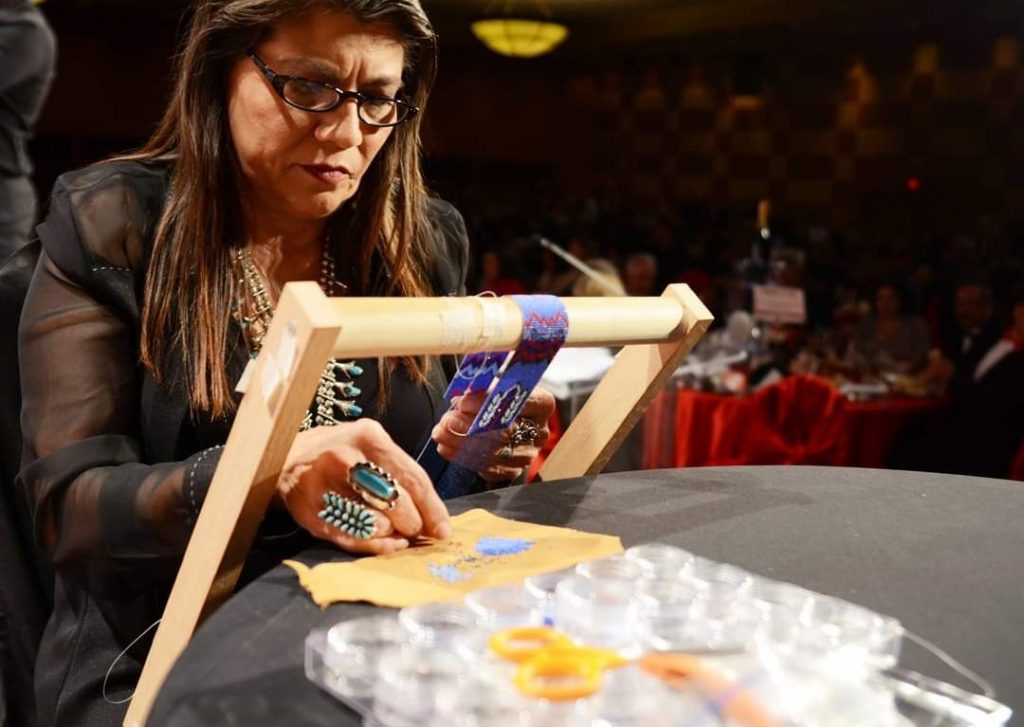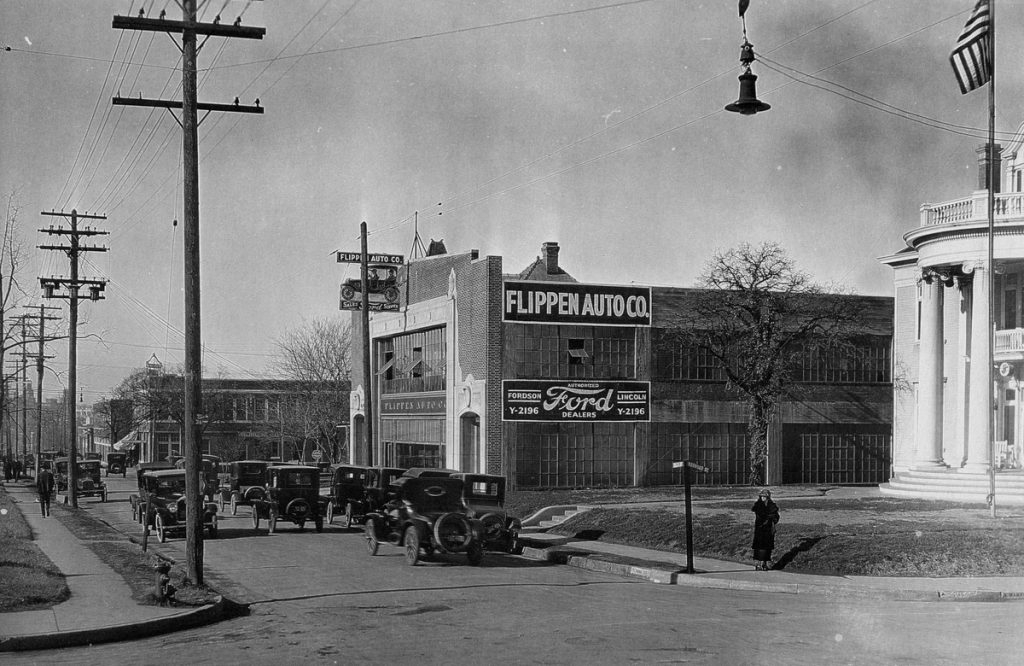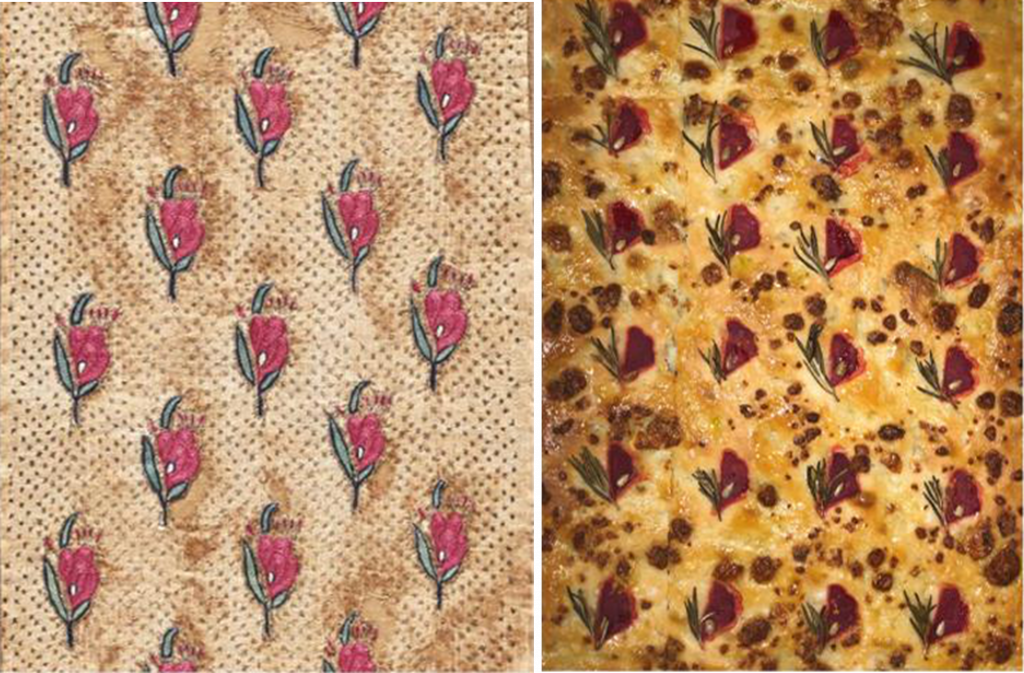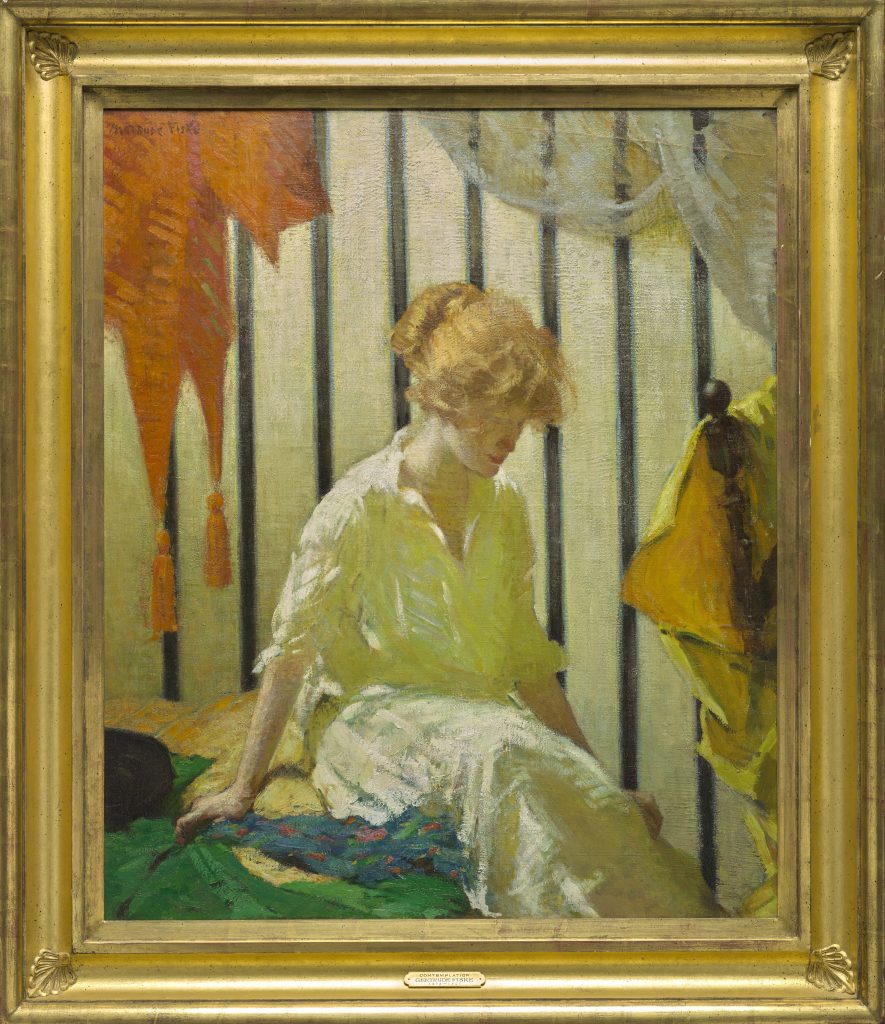Talk of the Town is a collaborative exhibition between NorthPark, the Dallas Art Fair, and the Dallas Museum of Art to showcase works that the DMA was able to acquire through funds made available by the Dallas Art Fair Foundation to purchase works for the Museum at the fair. This program will celebrate its seventh year in April, and the DMA has brought 46 amazing works into the collection to date. I have been lucky to participate in six of the seven years, so curating this exhibition was a very personal exercise for me. It gave me the opportunity to reflect on the unique opportunities of this type of exhibition program, which allows us a more immediate responsiveness to unfolding trends in contemporary art, as well as the ability to react in real time to that magical first encounter with a work of art.
Museums are necessarily very deliberative when making acquisitions—the vast majority of works that come into the collection stay with us in perpetuity, so often the acquisition process takes months if not years. We have a much shorter runway in making final decisions for works that come into the collection from the Dallas Art Fair. The curatorial team researches the participating galleries and their rosters in advance of the fair to make a shortlist of artists that would find good context in the Museum’s collection—an essential criterion for museum acquisition. But in the end, the final decisions are made by committee, in the course of a day, after immersion in the fair’s presentation and a lively debate. As such, we can decide, together in collective wisdom, to make a vote of confidence—and even take a risk—on works in a different way than the standard museum procedure allows. The results speak for themselves. For example, in February we closed our retrospective of the late Matthew Wong, who saw a meteoric rise in his career in the past few years. The DMA was the only museum to acquire Wong’s work in his lifetime, at the Dallas Art Fair in 2017. The DAFF Museum Acquisition Fund thus allowed us to take a chance, and, in turn, become trailblazers.
When I was thinking about how best to highlight the work that we’ve done, while also responding to the exhibition site—NorthPark—I had the idea to showcase the depiction of and by women by the diverse group of artists we have acquired at the fair. Malls are traditionally seen as feminine spaces—spaces to browse, buy, and, especially, socialize. Feminine spaces are often derided as unserious and trite; however, the works in this show present a picture of women that highlights strength, independence, generosity of spirit, reflection, and play. I had originally titled the show Breadwinners, after a stunning Summer Wheat work bought in 2017, but I changed course when it was pointed out that there is a cafe of the same name below. I loved the original title, and the imagery of that work, because it depicted women as providers, as opposed to passive recipients, blowing through their husband’s or father’s money carelessly shopping. Talk of the Town became the new title, after the daring portrait of a Black woman smoking, defiantly meeting the gaze of the viewer, in Danielle Mckinney’s small but mighty portrait of the same name. Even better, I thought. Not only did this new title point to our cross-city collaboration (and may I add, the core team working on this show between all three partners consisted of all women), but it also allowed for a vision of feminized, social spaces as sites for articulation: to define the self amidst community, in all the powerful and beautiful and wise ways we show up as women.
Dr. Anna Katherine Brodbeck is the Hoffman Family Senior Curator of Contemporary Art at the DMA.


















































































